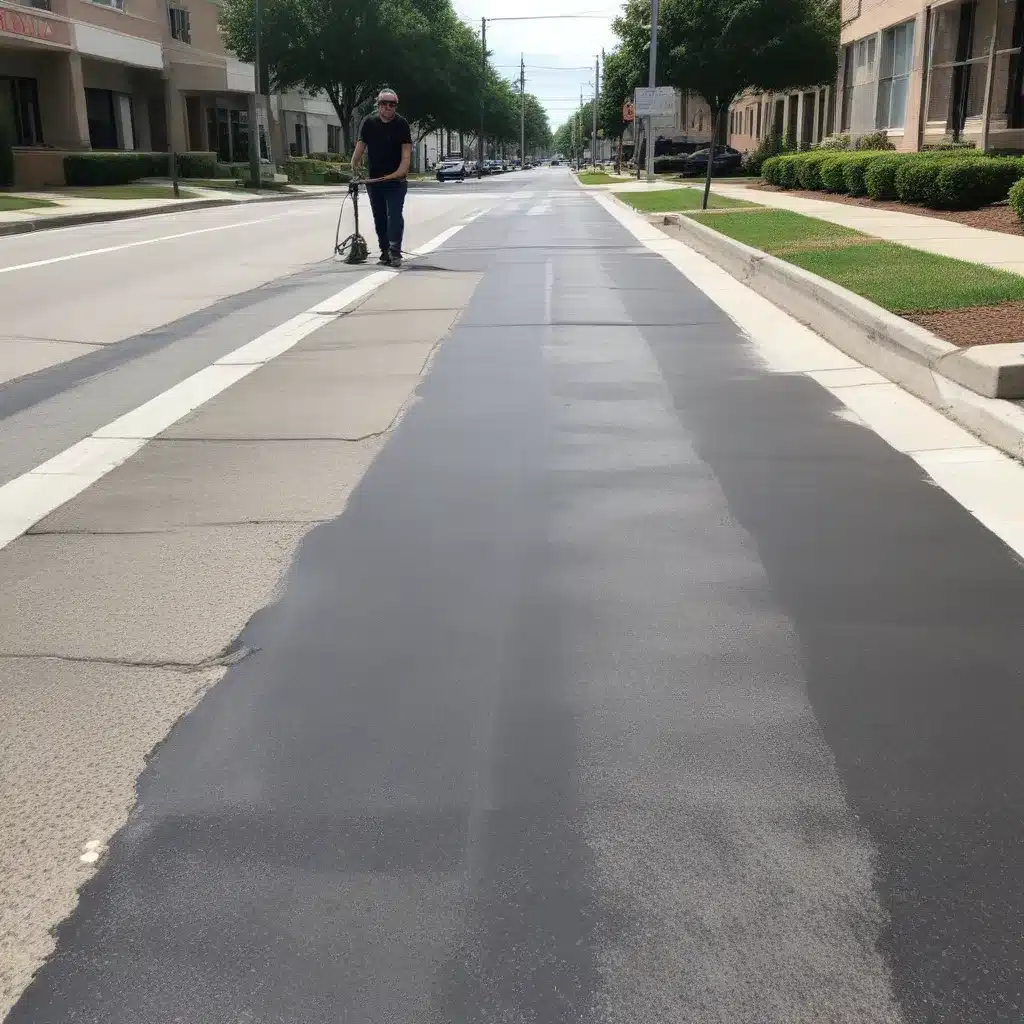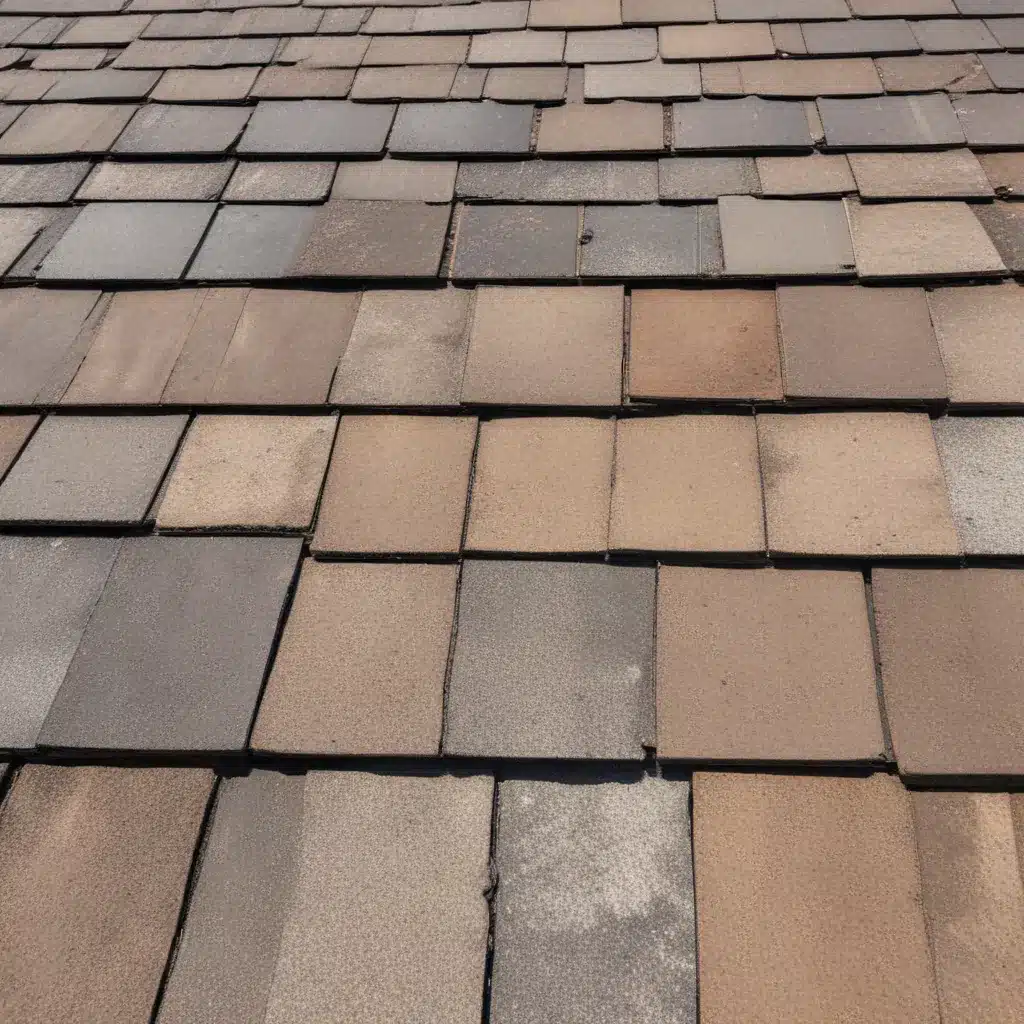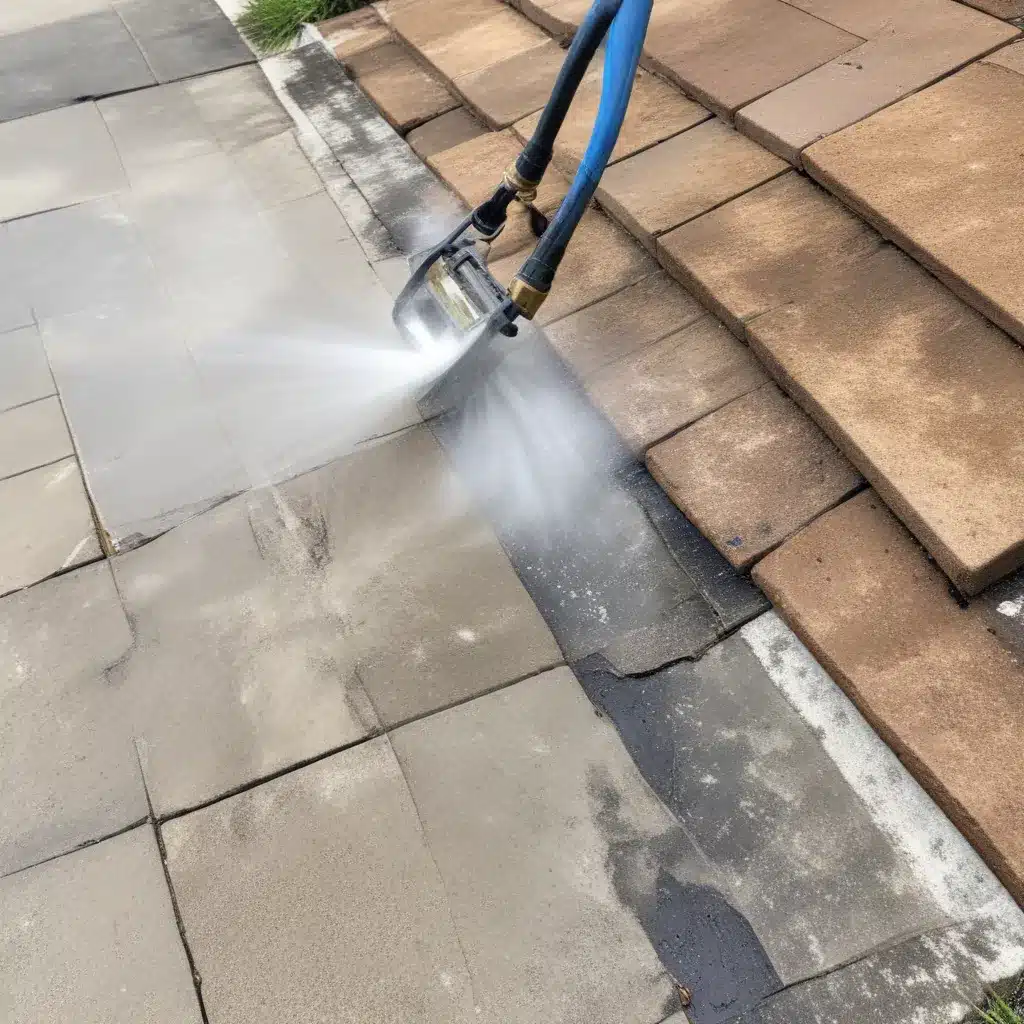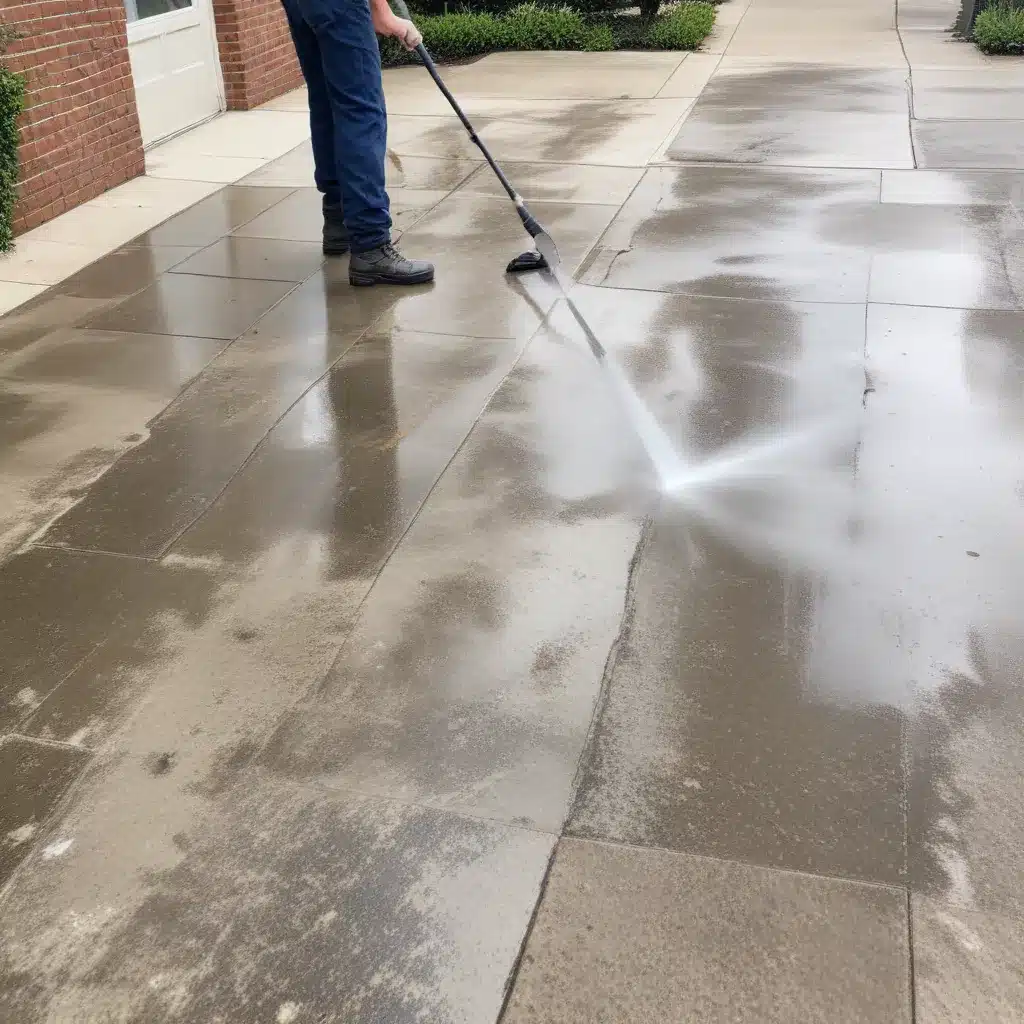
Enhancing Accessibility and Safety in St. Louis
Maintaining the cleanliness and accessibility of sidewalks, curbs, ramps, and crosswalks is a critical aspect of property management in St. Louis. Not only does regular pressure washing help improve the overall aesthetic appeal of these outdoor spaces, but it also plays a vital role in ensuring compliance with the Americans with Disabilities Act (ADA) and local regulations. In this comprehensive guide, we’ll explore the importance of pressure washing for accessible public spaces, the best practices to follow, and the associated costs in USD as of September 2024.
Regulatory Compliance and ADA Standards
The city of St. Louis is committed to providing a safe and accessible environment for all its residents and visitors. Under the ADA, property owners and managers are responsible for ensuring that sidewalks, curbs, ramps, and crosswalks meet specific accessibility standards. This includes maintaining a clean and slip-resistant surface, free from debris, stains, and other hazards that could impede the safe passage of pedestrians, especially those with mobility challenges.
To comply with local regulations, property owners in St. Louis must adhere to the following guidelines:
-
Sidewalk Maintenance: Sidewalks must be kept free of dirt, grime, and other obstructions that could create tripping hazards or impede wheelchair access. Pressure washing is recommended at least twice per year to maintain a clean, even surface.
-
Curb Ramps: Curb ramps connecting sidewalks to streets must be free of cracks, potholes, and any raised edges that could pose a risk to individuals with mobility aids or those with visual impairments. Pressure washing these areas on a quarterly basis helps ensure they remain in compliance with ADA standards.
-
Crosswalk Markings: Clearly visible crosswalk markings are essential for pedestrian safety. Pressure washing crosswalks on a regular basis (at least once per year) helps maintain the visibility of these critical markings, which is required by local regulations.
By prioritizing pressure washing for these public spaces, property owners in St. Louis can demonstrate their commitment to accessibility and safety, while also avoiding potential fines or legal issues related to non-compliance with ADA and local requirements.
Best Practices for Pressure Washing
Proper pressure washing techniques are crucial for effectively cleaning and maintaining sidewalks, curbs, ramps, and crosswalks. Here are some best practices to follow when tackling these outdoor surfaces:
-
Equipment Selection: Use a commercial-grade pressure washer capable of delivering between 3,000 and 4,000 PSI (pounds per square inch) of water pressure and a flow rate of at least 4 GPM (gallons per minute). This level of power is necessary to effectively remove stubborn dirt, grime, and stains without damaging the underlying surface.
-
Cleaning Solution: Opt for biodegradable, eco-friendly cleaning solutions specifically formulated for concrete and masonry surfaces. These products help break down and lift contaminants while minimizing the environmental impact.
-
Proper Technique: Utilize a fan-tip nozzle and maintain a 45-degree angle when pressure washing to avoid excessive water pressure that could cause pitting or damage. Work in overlapping passes, starting from the top and working your way down, to ensure complete coverage.
-
Surface Preparation: Before pressure washing, thoroughly sweep or blow away any loose debris, such as leaves, twigs, or pebbles. This helps prevent the cleaning solution from being diluted and ensures maximum effectiveness.
-
Drying Time: Allow adequate time for the cleaned surfaces to fully dry, typically 24 to 48 hours, before allowing pedestrian or vehicular traffic to resume. This helps prevent slipping hazards and ensures the long-term durability of the cleaned areas.
By following these best practices, property owners in St. Louis can effectively pressure wash their sidewalks, curbs, ramps, and crosswalks, while also minimizing the risk of damage and maintaining compliance with local regulations.
Cost Considerations and Eco-Friendly Alternatives
The cost of pressure washing services in St. Louis can vary depending on the size of the area, the complexity of the job, and the specific techniques and equipment required. On average, property owners can expect to pay between $0.50 and $1.50 per square foot for pressure washing sidewalks, curbs, ramps, and crosswalks.
For example, pressure washing a 1,000-square-foot sidewalk area would typically cost between $500 and $1,500, while cleaning a 500-square-foot crosswalk could range from $250 to $750.
To help manage costs and promote eco-friendly practices, property owners in St. Louis can consider the following strategies:
-
Bulk Pricing: Many pressure washing companies offer discounted rates for larger projects or when pressure washing multiple outdoor areas simultaneously. This can help property owners save on the overall cost of maintaining their accessible public spaces.
-
Eco-Friendly Cleaning Solutions: As mentioned earlier, the use of biodegradable, environmentally-friendly cleaning products not only helps reduce the environmental impact but can also be more cost-effective in the long run. These products are often less harsh on surfaces and require less water, resulting in potential cost savings.
-
Preventive Maintenance: Regularly scheduled pressure washing (at least twice per year for sidewalks and once per year for crosswalks) can help prevent the buildup of dirt, grime, and stains, ultimately reducing the time and resources required for each cleaning. This proactive approach can lead to long-term cost savings for property owners.
By considering these cost-saving measures and eco-friendly alternatives, property owners in St. Louis can effectively pressure wash their sidewalks, curbs, ramps, and crosswalks while achieving compliance with local regulations and minimizing the environmental impact.
Conclusion
Maintaining the cleanliness and accessibility of public spaces, such as sidewalks, curbs, ramps, and crosswalks, is essential for ensuring the safety and well-being of all residents and visitors in St. Louis. By adhering to ADA standards and local regulations, property owners can demonstrate their commitment to inclusivity and accessibility, while also enhancing the overall aesthetic appeal of their outdoor areas.
Through the implementation of best practices for pressure washing, the use of eco-friendly cleaning solutions, and the adoption of cost-effective strategies, property owners in St. Louis can effectively maintain these critical public spaces and uphold their responsibility to the community. By visiting https://pressurewashstlouis.com/, property owners can learn more about the services and expertise available to support their pressure washing needs and ensure compliance with local requirements.






